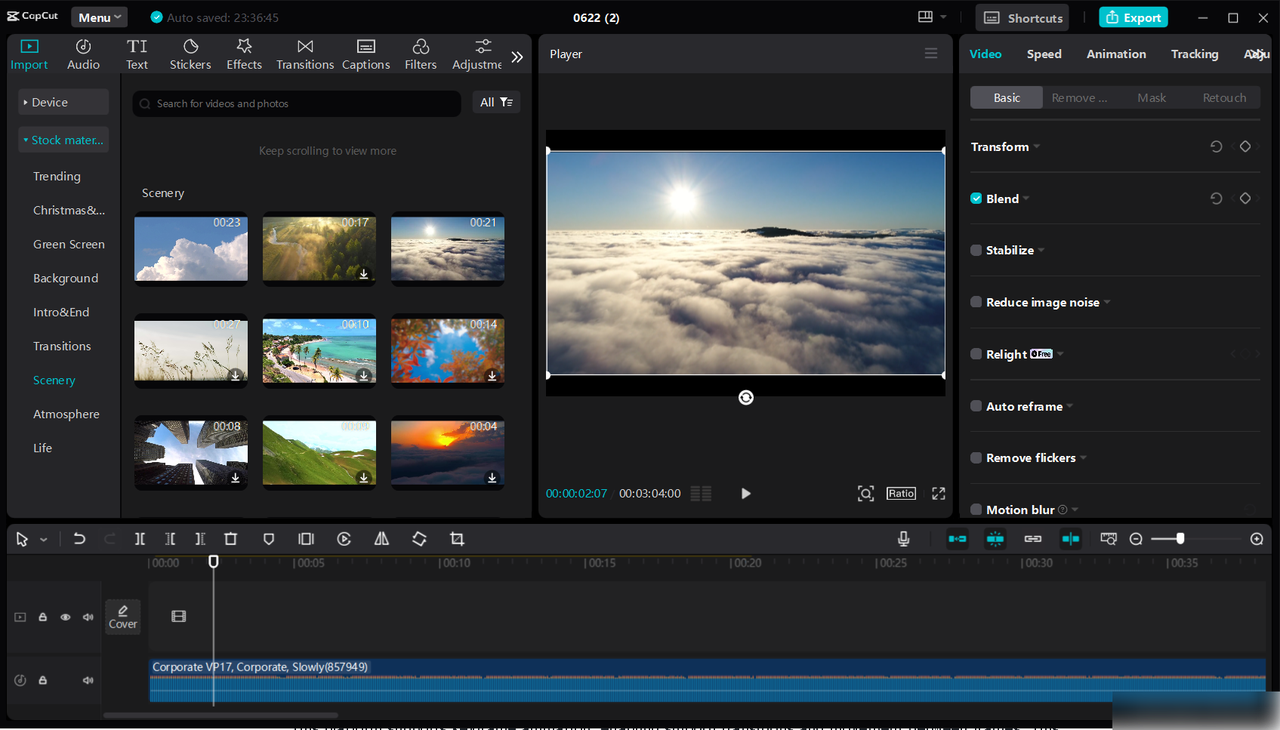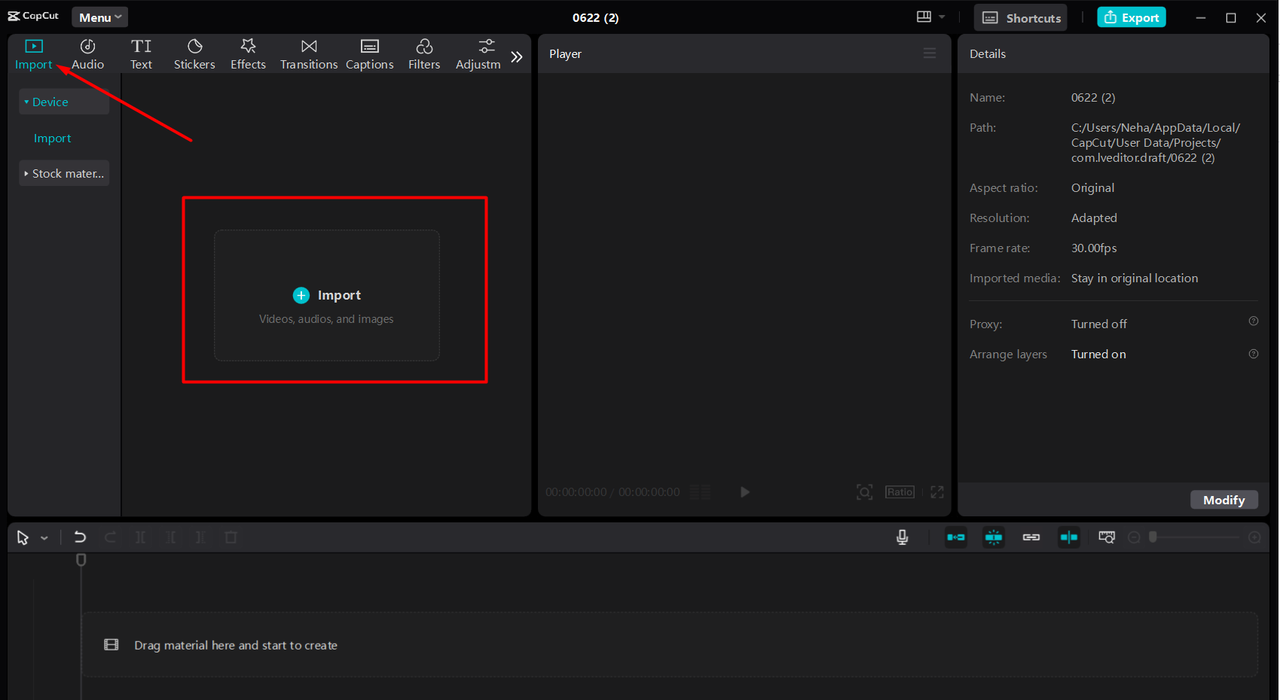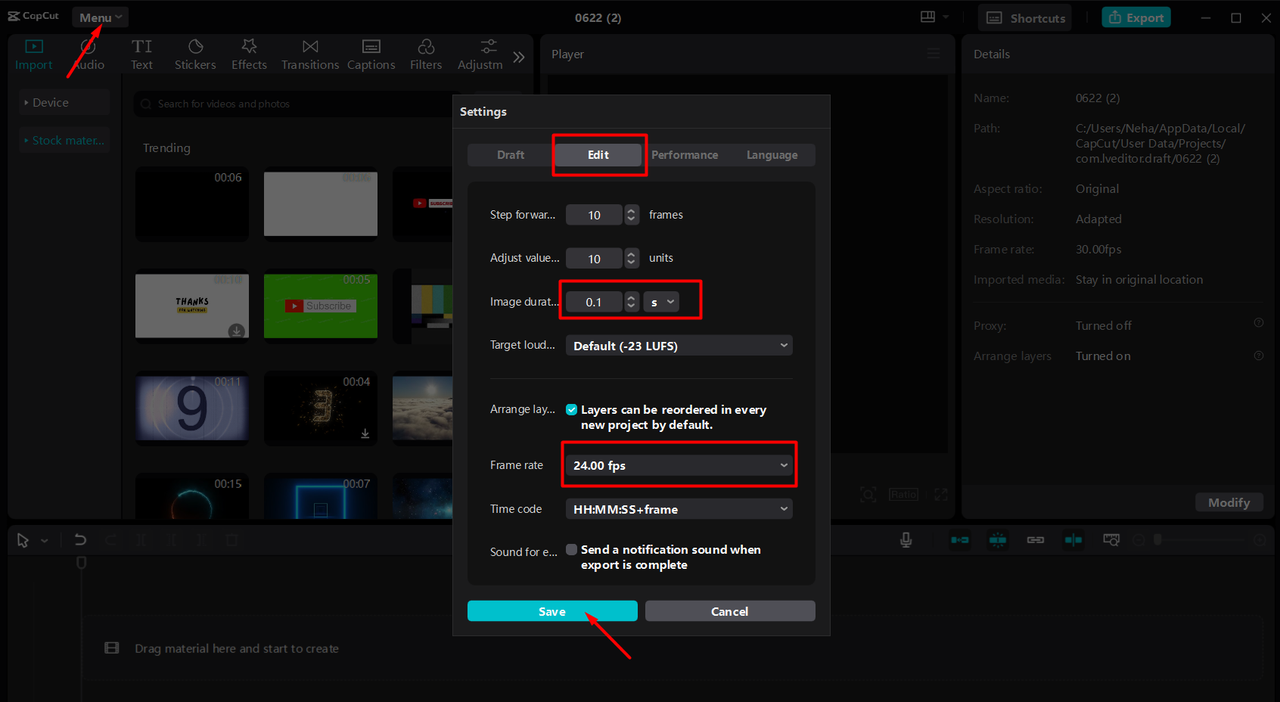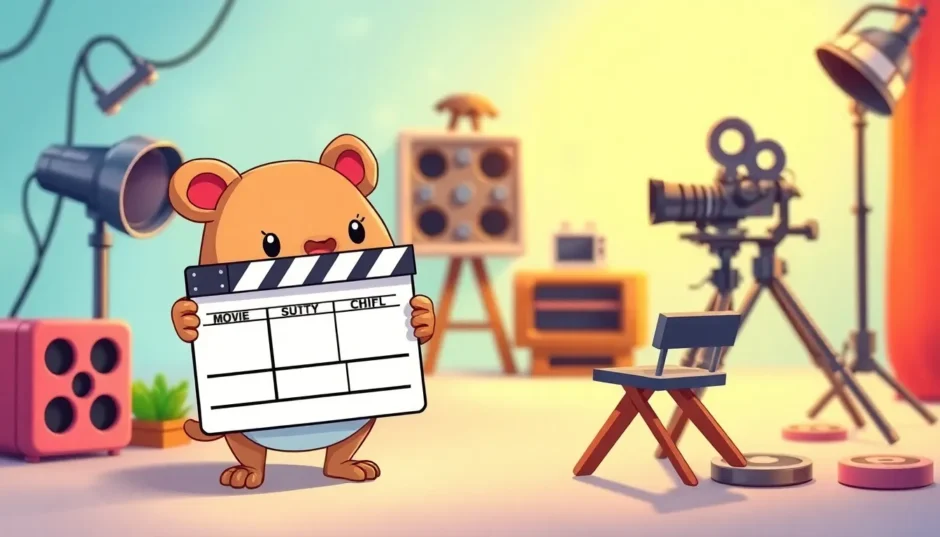Ever wondered how those cool animated movies where everything looks real but moves in a magical way are made? You might have seen them on TV, in ads, or even on social media. That’s stop motion animation! It’s not as hard as it sounds, and you can try it yourself even if you’re just starting out.
In this guide, we’ll walk you through what stop motion is, the different styles you can try, where it’s used, and how to create your own videos step by step. Plus, we’ll show you how tools like CapCut can make the whole process fun and easy. Let’s dive in!
What Exactly is Stop Motion Animation?
Stop motion animation is a film technique where you physically move objects little by little, taking a picture each time. When you play those pictures back quickly, it looks like the objects are moving on their own. Imagine making a toy car seem like it’s driving across a table, or a drawn character waving hello—it’s all done with stop motion.
This style is popular in movies, TV shows, and online content because it has a unique, handmade charm that digital animation sometimes can’t match. It’s a creative and hands-on way to tell stories.

Types of Stop Motion You Should Know
There isn’t just one type of stop motion—there are several, each with its own style and materials. Knowing these can help you pick what kind of project you want to try.
- Object Motion: This is one of the easiest types to start with. You use everyday items like toys, coins, or even fruit, moving them slightly between each shot. No special materials needed!
- Claymation: Here, you use clay figures that you can bend and reshape for each frame. This allows for smooth and expressive movements. Think of movies like Chicken Run or Wallace and Gromit.
- Pixilation: This technique uses real people instead of objects. You pose yourself or a friend for each photo, creating fun and surreal effects when played back.
- Cutout Motion: Using paper or cardboard characters, you cut out shapes and move them bit by bit. This style often has a flat 2D look and is great for simple storytelling.
- Puppet Animation: Involves detailed puppets with movable joints. You adjust each part frame by frame, which takes patience but looks very realistic.
- Silhouette Animation: You place cut-out figures in front of a light source to create shadow effects. It’s dramatic and perfect for moody, artistic projects.
Where Is Stop Motion Animation Used?
You might not realize it, but stop motion is everywhere! It’s not just for Hollywood—it’s used in many areas of daily life.
In education, teachers use stop motion to make lessons more engaging. For example, showing the life cycle of a butterfly or reenacting historical events becomes fun and visual.
Advertisers love stop motion because it grabs attention. It’s creative, memorable, and perfect for showcasing products in a short, eye-catching video.
Many movies and TV shows, like Kubo and the Two Strings or Fantastic Mr. Fox, use stop motion for entire films or special effects. The style adds a unique texture and warmth.
On social media, stop motion is huge. Platforms like TikTok and Instagram are filled with short DIY videos, cooking tutorials, and fun skits made with this technique.
Artists also use stop motion as a medium for creative expression, playing with light, movement, and materials in ways that other art forms can’t.
What You Need to Get Started
The good news is, you don’t need expensive equipment to try stop motion. Here’s a basic list of what you’ll need:
- A camera: Your smartphone is perfectly fine! You can also use a digital camera or DSLR if you have one.
- A tripod: This keeps your camera steady between shots. Shaky footage can ruin the illusion of movement.
- Editing software: This is where you’ll put all your pictures together to make them move. There are free options like CapCut, which is great for beginners.
- Objects to animate: Anything from action figures and clay to paper cutouts or household items.
Steps to Create Your Own Stop Motion Video
Creating a stop motion video is easier than you think. Just follow these steps:
- Set up your scene: Choose your background and arrange your objects. Make sure your camera is on a tripod and framed the way you want.
- Keep the camera stable: Avoid bumping the camera or tripod during shooting. Even a small movement can make the final video look messy.
- Use a remote or timer: If possible, use your phone’s timer or a remote shutter to take pictures without touching the camera.
- Adjust your settings manually: If your camera allows it, set the exposure, ISO, and white balance manually. This keeps the lighting consistent across all frames.
- Lighting matters: Use soft, even light to avoid harsh shadows or flickering. Natural light from a window works, or you can use a lamp with a diffuser.
- How many pictures per second for stop motion? For smooth movement, aim for 10 to 12 frames per second. That means you’ll need 600–720 photos for a one-minute video! It sounds like a lot, but it’s worth it.
- Move objects slowly: Tiny adjustments between shots make the animation smoother. Big movements will look jumpy.
- Add sound in editing: Music, voiceovers, or sound effects can bring your animation to life. Most editing software lets you add audio easily.
Using CapCut for Stop Motion Projects
If you’re new to stop motion, using friendly software can make a big difference. CapCut desktop video editor is a great choice—it’s free, easy to use, and packed with useful features.
With CapCut, you can import all your photos, arrange them on a timeline, and adjust the speed and timing. It also supports keyframe animation, which helps you create smooth movements between frames. You can even add text, effects, or green screen backgrounds.

Plus, CapCut lets you customize the frame rate, which is super helpful when planning how many pictures per second for stop motion you’ll need. Whether you’re on a computer or phone, you can start creating right away.
CapCut — Your all-in-one video & photo editing powerhouse! Experience AI auto-editing, realistic effects, a huge template library, and AI audio transformation. Easily create professional masterpieces and social media viral hits. Available on Desktop, Web, and Mobile App.
How to Make a Stop Motion with CapCut
Ready to give it a try? Here’s a simple guide to creating your first stop motion video using CapCut:
- Download and install: Get CapCut from their official website. It’s free and quick to install.
- Start a new project: Open the software and create a new project. You’ll see an option to import your photos.
- Import your images: Click “Import” and select all the pictures you took for your animation. CapCut makes it easy to bring them into your project.

- Adjust settings: Before arranging your photos, go to Menu > Settings > Edit. Set the image duration to around 0.1 seconds and the frame rate to 24fps for smooth playback. This helps control how many pictures per second for stop motion are used.
- Arrange on the timeline: Drag your images to the timeline in order. You can preview your animation and make changes if needed.
- Add extras: Feel free to include music, text, or fun effects. CapCut has lots of options to make your video more engaging.
- Export and share: When you’re happy with your video, click “Export” to save it to your device. You can also share it directly to social media platforms.

Helpful Tips for Better Results
Even pros started as beginners! Here are some tips to improve your stop motion videos:
- Understand the basics: Stop motion is all about patience and small movements. The magic happens when you play the frames back quickly.
- Use manual camera settings: This helps keep lighting and focus consistent across all shots.
- Try onion skinning: Some apps, including CapCut, have a feature that shows a faint outline of the previous frame. This helps you position objects more accurately.
- Practice often: Your first few videos might not be perfect, and that’s okay! Keep experimenting with different objects and styles.
CapCut — Your all-in-one video & photo editing powerhouse! Experience AI auto-editing, realistic effects, a huge template library, and AI audio transformation. Easily create professional masterpieces and social media viral hits. Available on Desktop, Web, and Mobile App.
Wrapping Up
Stop motion animation is a fun, creative way to tell stories and express ideas. It does take time and patience, but the results are incredibly rewarding. With just a camera, some everyday objects, and free software like CapCut, you can start creating your own unique animations today.
So why not give it a shot? Set up a small scene, take it frame by frame, and bring your imagination to life!
Frequently Asked Questions
What equipment do I need for stop motion?
You’ll need a camera (a phone works fine!), a tripod, objects to animate, and editing software like CapCut.
How does stop motion work?
You take multiple photos of an object, moving it slightly each time. When played quickly, it looks like it’s moving.
How many pictures per second for stop motion are recommended?
For smooth motion, aim for 10–12 frames per second. That means 600–720 photos for a one-minute video.
What is stop-start animation?
It’s another term for stop motion. You stop to take a photo, then start moving the object again for the next shot.
Some images used are from CapCut.
 TOOL HUNTER
TOOL HUNTER



